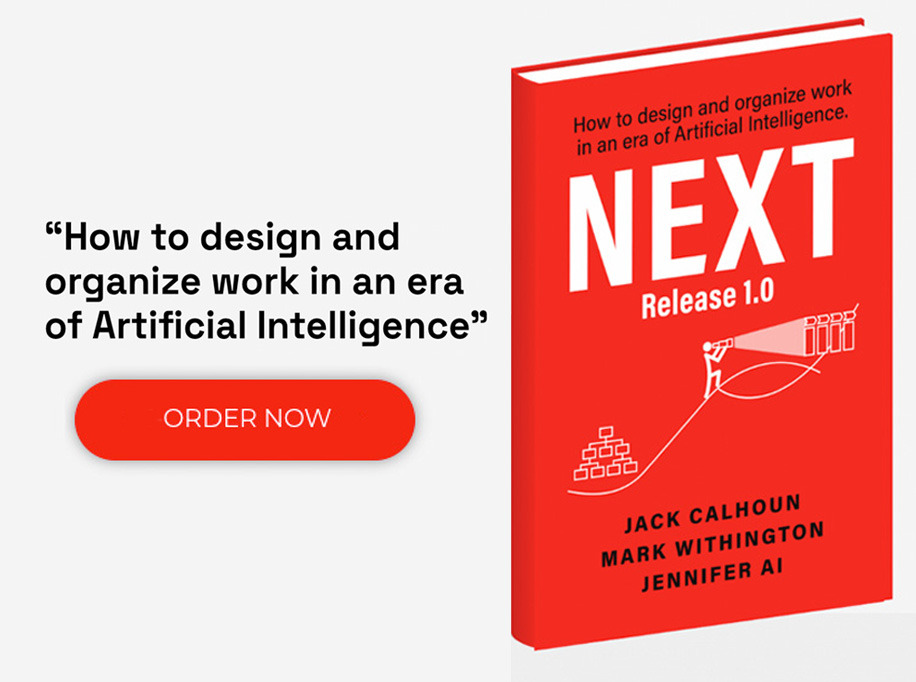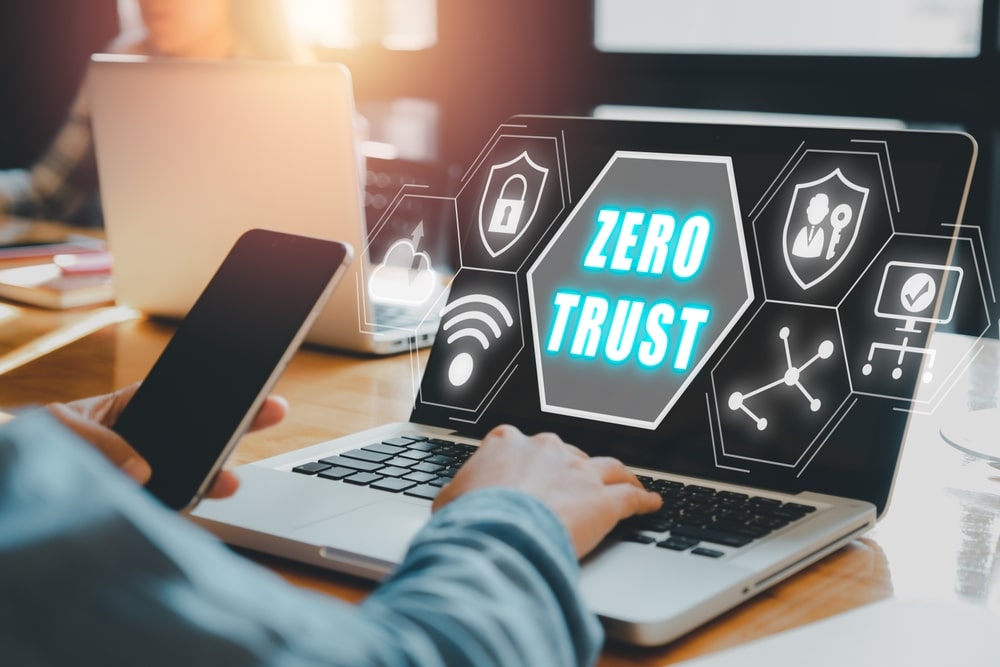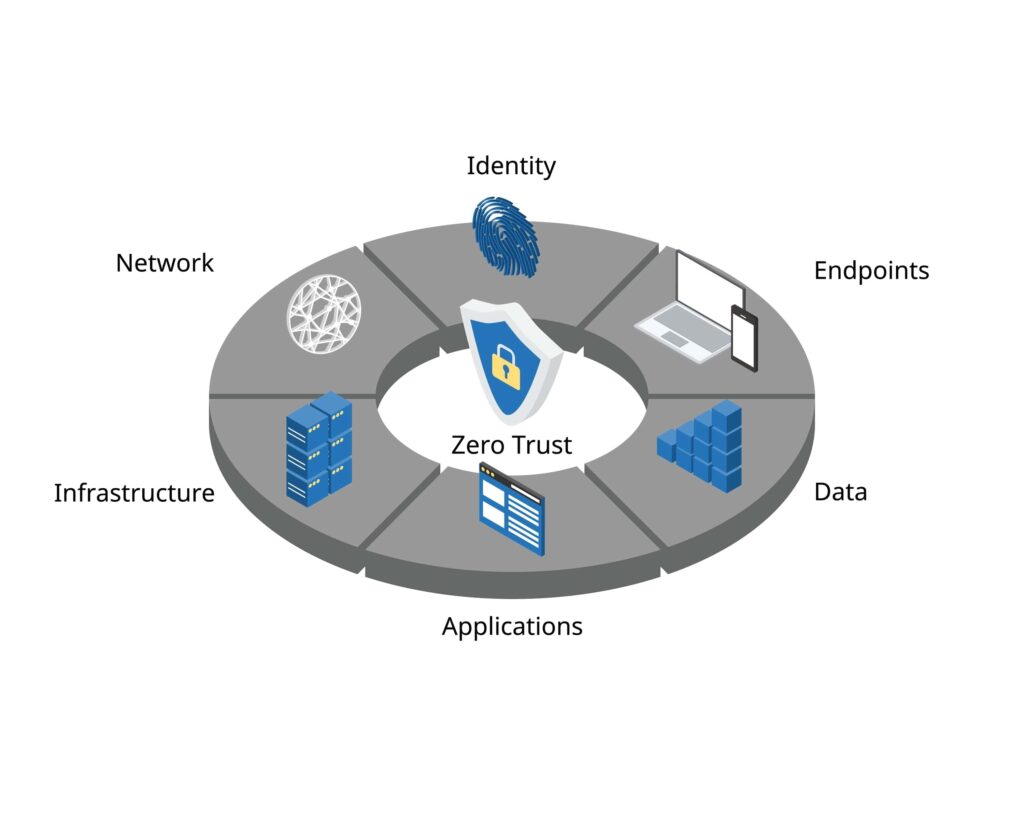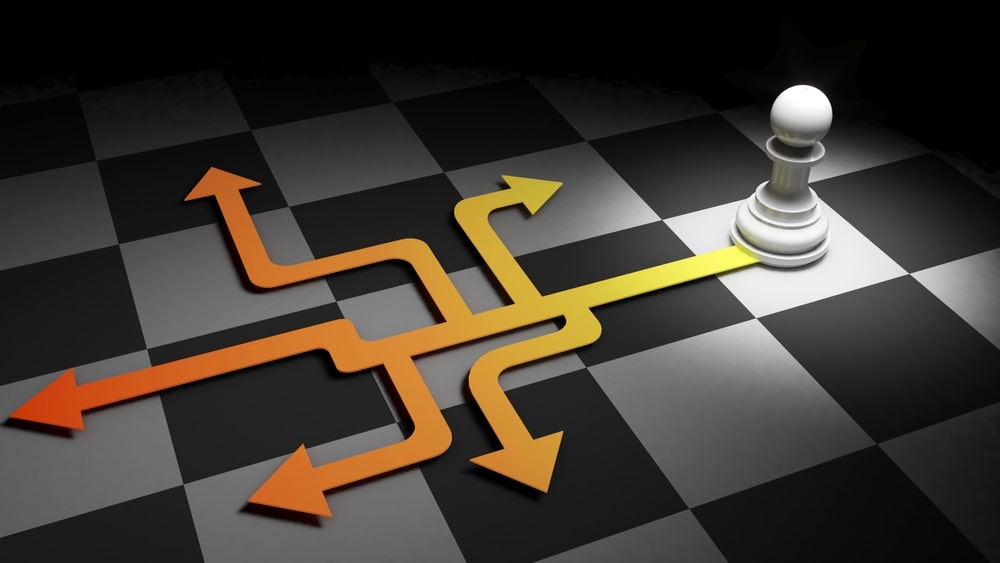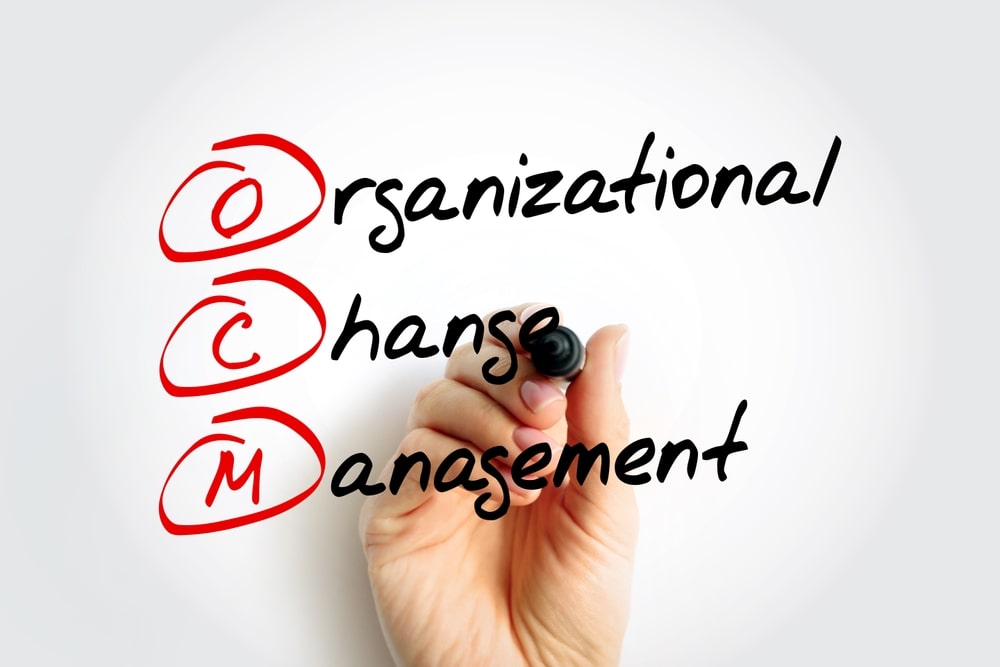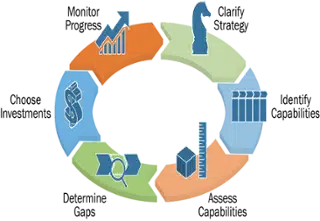Creating great customer experiences starts from within. When your people are motivated, equipped, and aligned with your customer-centric vision, they become powerful advocates for your brand. In this guide, we explore the art and science of crafting exceptional customer and employee experiences. We’ll provide you with a roadmap for building a customer-centric organization that drives loyalty, advocacy, and business growth.
What is Employee Experience?
Employee experience is an employee’s entire journey throughout their tenure with an organization, encompassing all the key touchpoints, interactions, and perceptions that shape their relationship with their employer. It extends beyond traditional HR functions and encompasses every aspect of an employee’s work life, including the physical workspace, technology, culture, leadership, growth opportunities, and sense of purpose.
A positive employee experience is crafted through strong organizational change management, transparent leadership communication, empowering choice architectures, alignment of incentives with strategic objectives, and personalized support that caters to different employee personas. It recognizes the pivotal role of managers, such as Process Family Champions in the Hi-Def Operating Model, in shaping team-level experiences. Ultimately, a great employee experience drives engagement, productivity, and retention and directly influences the customer experience and the organization’s ability to adapt and thrive in the face of digital disruption.
What is Customer Experience?
Customer experience is the comprehensive perception that customers form through every interaction they have with a company across the entire customer journey. It encompasses all touchpoints, from initial awareness and interest to purchase, use, and post-purchase support.
A well-designed customer experience strategically incorporates an understanding of customer personas, attitudes, and behaviors to proactively guide them through their journey. Key activities include identifying key moments of truth, mapping emotions, and applying behavioral economics principles to create a choice architecture that aligns with customer needs and business objectives.
Organizations can measure the effectiveness of the customer experience using metrics like the Customer Obsession Yield Number (COYN), which tracks customer attrition at each stage. Ultimately, crafting a positive customer experience requires a customer-obsessed culture supported by comprehensive catalogs of personas, journeys, and service blueprints that cultivate consistency and continuous improvement.
What is the Connection Between Customer and Employee Experience?
The connection between customer experience and employee experience is intrinsic and symbiotic. Engaged, empowered, and satisfied employees are the foundation of delivering exceptional customer experiences. When employees feel valued, supported, and equipped with the right tools and skills, they are more likely to go above and beyond in serving customers. Conversely, a positive customer experience often leads to increased customer satisfaction, loyalty, and advocacy, which can boost employee morale and motivation.
The link between the two is especially evident in the service industry, where employees are the face of the company and directly influence customer perceptions. Employees who understand and embody the organization’s customer-centric values are better positioned to anticipate customer needs, personalize interactions, and create memorable moments of truth.
Moreover, the same principles that underpin great customer experiences, such as empathy, proactive design, and continuous improvement, also apply to crafting compelling employee experiences. By understanding employee personas, mapping their journeys, and identifying key moments that matter, organizations can design an employee experience that fosters engagement, productivity, and retention. This, in turn, translates into better customer outcomes.
In essence, customer experience and employee experience are two sides of the same coin. Investing in one inevitably strengthens the other, creating a virtuous cycle that drives sustainable business success. Organizations that recognize and nurture this connection are better equipped to build a customer-obsessed culture permeating every enterprise level.
Creating a Strong Customer and Employee Experience
Foster a Customer-Centric Culture
- Cultivate a culture that centers the customer at the heart of everything you do.
- Ensure that every employee, from the frontline to the C-suite, understands and embraces the importance of delivering exceptional customer experiences.
- Encourage empathy, active listening, and a proactive approach to meeting customer needs.
Empower and Engage Employees
- Invest in your people through training, development, and recognition programs.
- Give them the tools, resources, and autonomy they need to excel in their roles and deliver outstanding service.
- Foster open communication, celebrate successes, and create opportunities for growth and advancement.
Design Seamless, Personalized Experiences
- Use customer insights, journey mapping, and persona development to design seamless, intuitive, and personalized experiences.
- Identify and eliminate pain points, streamline processes, and leverage technology to create frictionless interactions across all touchpoints.
- Tailor your approach to the unique needs and preferences of different customer segments.
Align Employee and Customer Journeys
- Recognize that the employee experience directly influences the customer experience.
- Map out the employee journey alongside the customer journey to identify opportunities for alignment and improvement.
- Make sure your employees have the skills, knowledge, and resources they need to provide exceptional experiences at every stage of the customer lifecycle.
Leverage Data and Technology
- Harness the power of data and technology to gain a deeper understanding of your customers and employees.
- Use analytics to identify trends, preferences, and opportunities for improvement.
- Implement tools and platforms that enable personalization, automation, and real-time interaction. But remember, technology should enhance, not replace the human touch.
Measure and Continuously Improve
- Establish clear metrics and KPIs to measure the success of your customer and employee experience initiatives.
- Use quantitative and qualitative data, such as COYN, NPS, CSAT, employee engagement scores, and voice of customer feedback.
- Regularly review and analyze this data to identify areas for improvement and track progress over time.
- Embrace a culture of continuous learning and iteration.
Lead by Example
- Make sure your leadership team models the behaviors and values you desire throughout the organization.
- Regularly communicate the importance of customer and employee experience, share success stories, and celebrate achievements.
- Demonstrate a genuine commitment to putting people first, both inside and outside the organization.
Elevate Your Customer and Employee Experience with Accelare
Now that you’ve explored the key strategies and best practices for creating exceptional customer and employee experiences, it’s time to put these insights into action. Start by taking our complimentary CX Maturity Assessment. This powerful diagnostic tool will help you evaluate your organization’s current state of customer experience across five critical domains:
- Strategy and Leadership
- Customer Understanding
- Experience Design
- Measurement and Analytics
- Culture and Engagement
By completing this 4-minute assessment, you’ll gain a clear picture of your organization’s CX strengths, weaknesses, and areas for improvement. Our team of CX experts will then provide you with a customized report, offering tailored recommendations and actionable insights to help you take your customer and employee experiences to the next level.
References:
- https://www.accelare.com/digital-transformation/customer-experience
- https://www.accelare.com/digital-transformation/professional-development
- https://www.accelare.com/digital-transformation/ocm
- https://www.accelare.com/blog/how-to-build-an-operating-model-7-steps-to-success
- https://www.accelare.com/blog/how-to-measure-digital-transformation-4-metrics-to-track
- https://www.accelare.com/blog/how-to-build-a-customer-obsessed-culture-for-your-business
- https://sqyopd0f91i.typeform.com/to/RIBMrQXI?__hstc=76791882.4beaee7af5d48c7681c7c559e4d40e01.1682504887270.1685988563121.1686074605012.17&__hssc=76791882.1.1686074605012&__hsfp=3290395206&hsCtaTracking=66b5eafd-bcb7-41be-9e78-0be216ee8d42%7C79bd086f-00b2-49f1-9a2f-95da26b5118d&typeform-source=accelarestg.wpengine.com
- https://www.accelare.com/meet-the-team

